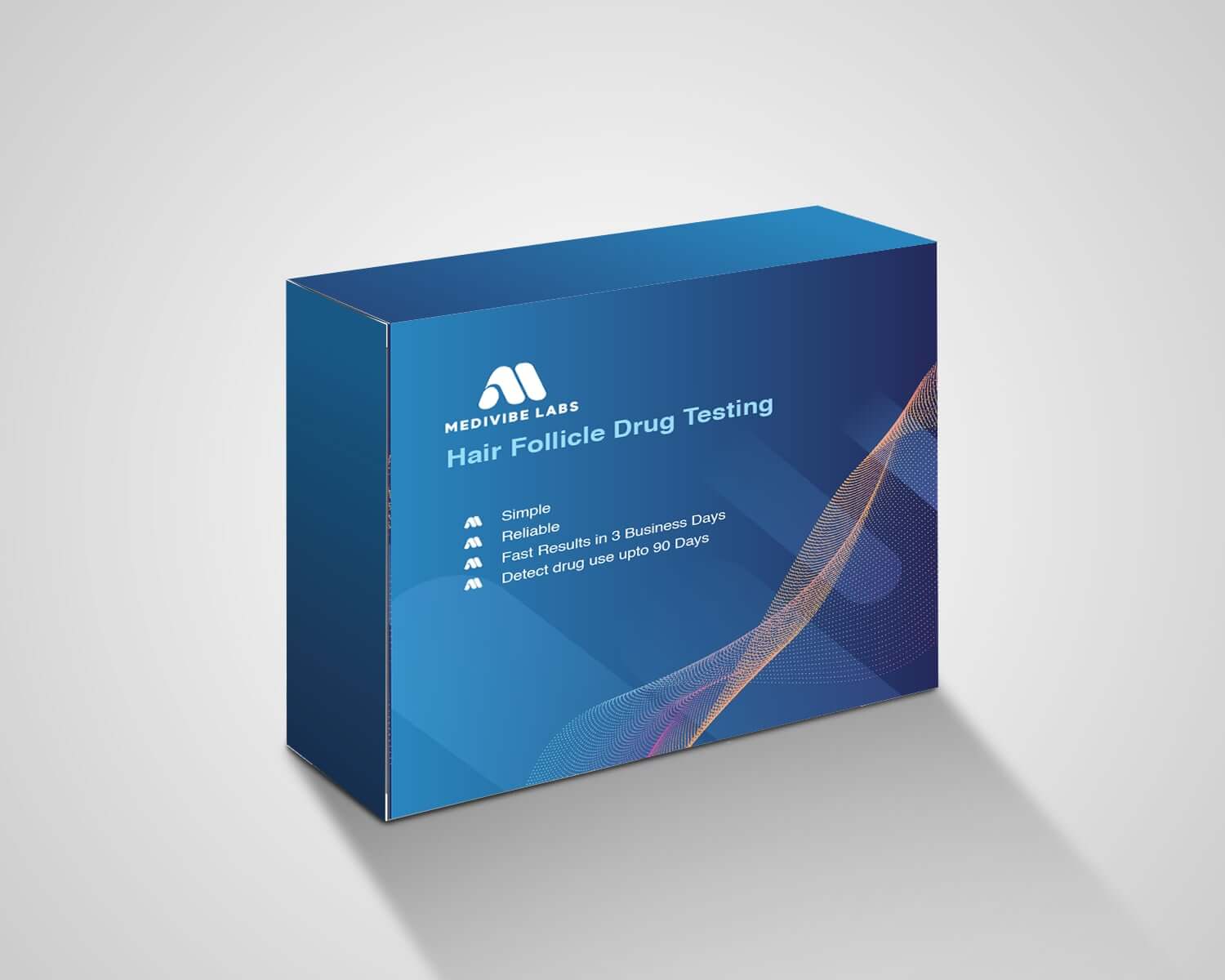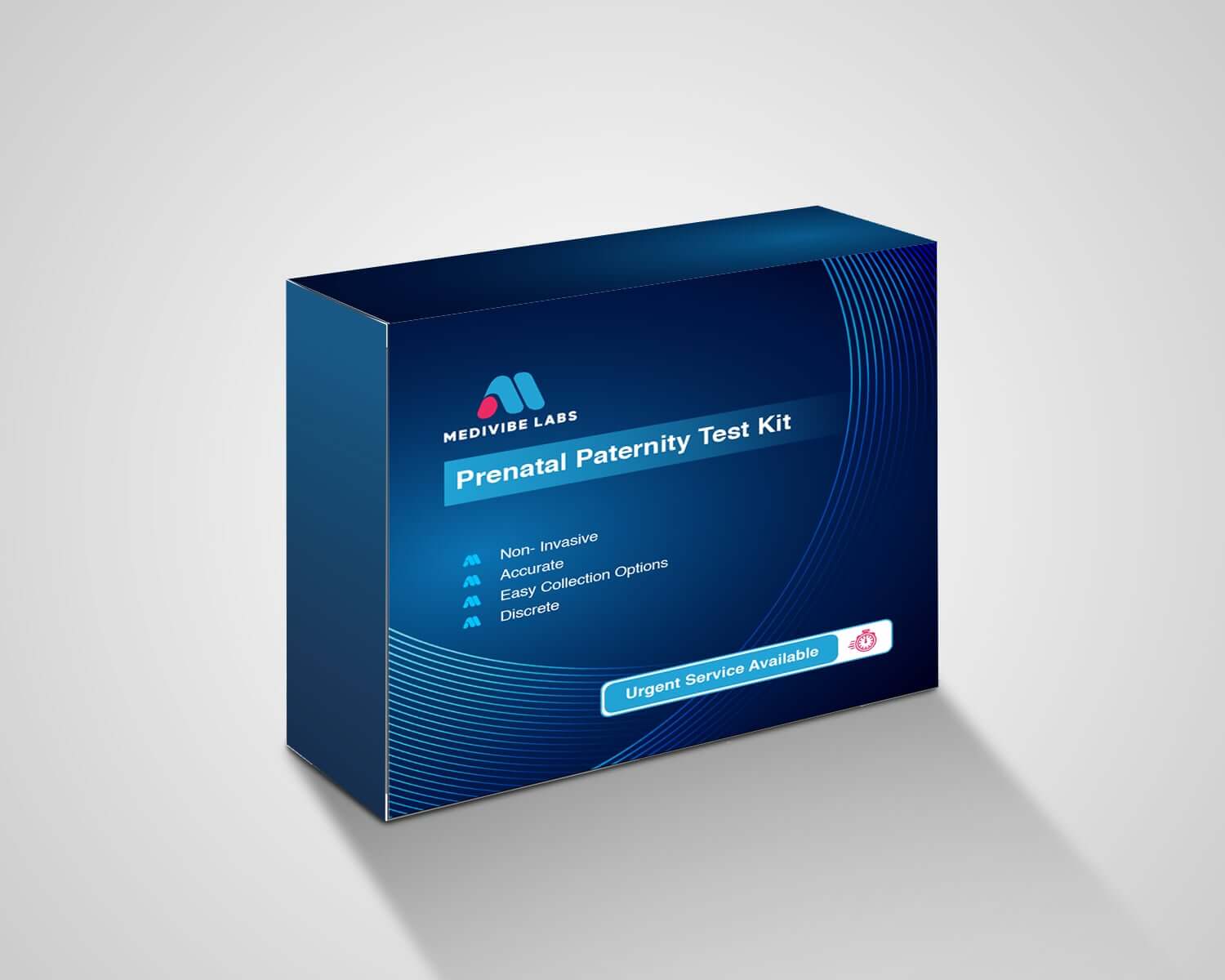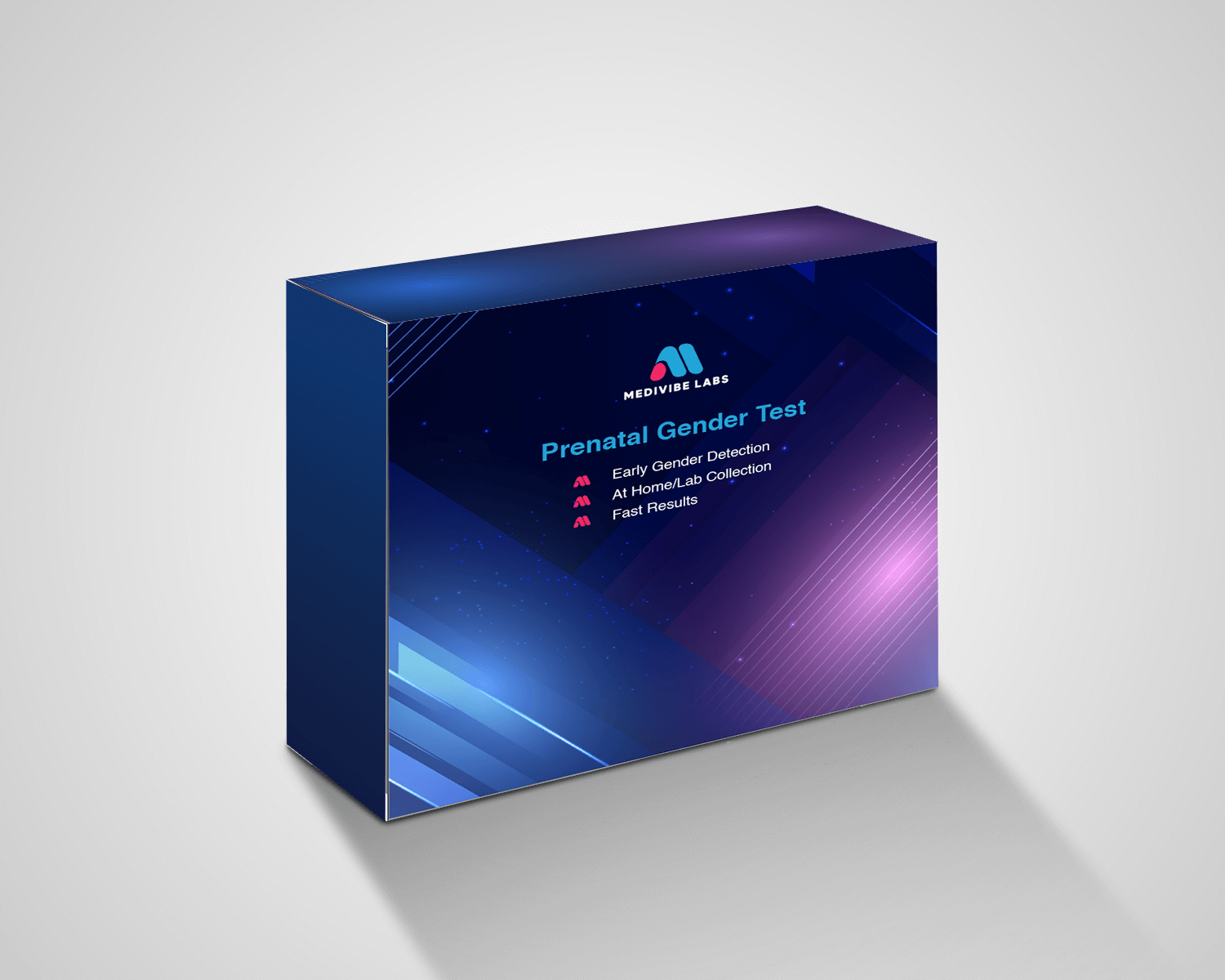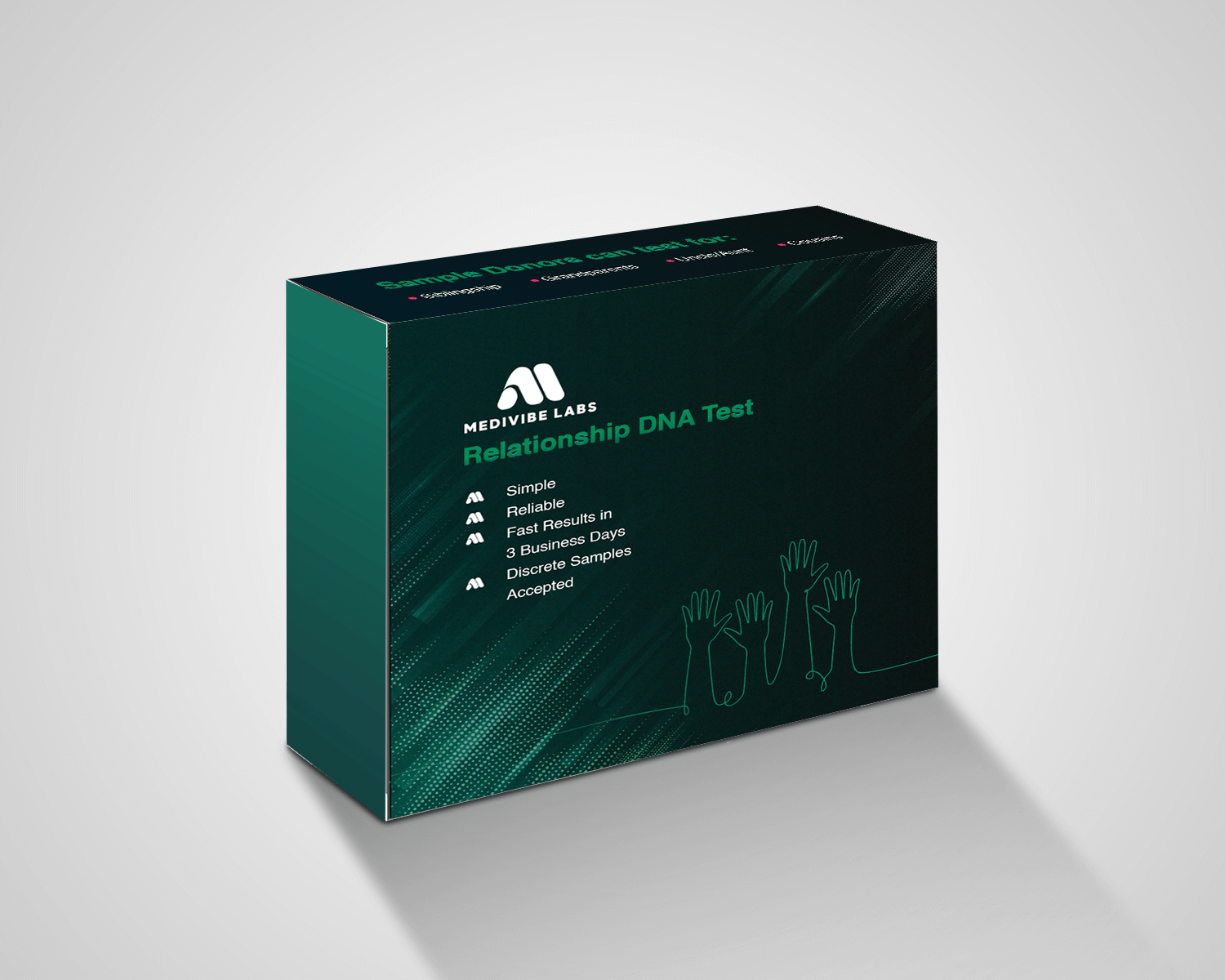Description
Process:
- Sample Collection:
- A small sample of hair (typically 1.5 inches long) is cut from the scalp, often from the back of the head to avoid noticeable bald spots.
- The sample is usually taken in a way that minimizes discomfort, and the collection is performed by a trained professional to ensure accuracy and compliance with testing standards.
- Sample Preparation:
- The collected hair sample is washed and prepared in a laboratory to remove external contaminants that could affect the results.
- Analysis:
- The prepared sample undergoes testing using techniques like enzyme-linked immunosorbent assay (ELISA) for initial screening, followed by gas chromatography-mass spectrometry (GC-MS) for confirmation of any positive results.
- The laboratory tests for a range of substances, including marijuana, cocaine, opiates, amphetamines, and other drugs.
- Result Interpretation:
- Results are typically reported in nanograms per milligram of hair. A positive result indicates the presence of drugs in the hair sample, which correlates with drug use over the past few months.
- Results are usually reviewed by a medical review officer (MRO) to ensure accuracy and address any potential issues or false positives.
Why We Need Hair Drug Testing
- Extended Detection Window:
- Hair testing can detect drug use over a longer period (up to 90 days), making it useful for identifying chronic or long-term drug use, which is not possible with urine tests that usually cover only a few days.
- Deter Drug Use:
- The knowledge that hair testing may be used can act as a deterrent for potential drug users, particularly in workplaces, schools, and professional sports.
- Accuracy and Reliability:
- Hair drug tests are generally considered more reliable than some other testing methods because they are less susceptible to tampering or adulteration. The process is standardized and provides consistent results.
- Workplace Safety:
- Many employers use hair drug testing as part of their hiring process or regular screening to ensure a safe and productive work environment, particularly in industries where safety is paramount.
- Legal and Compliance Reasons:
- Hair drug testing can be a crucial component of compliance with legal regulations and industry standards, helping organizations avoid liabilities related to drug use.
Choosing a hair strand drug test offers several advantages that make it an effective choice for various applications:
- Extended Detection Period
- Long-Term Use Detection: Hair tests can detect drug use over a period of up to 90 days, providing insights into chronic or past substance use that other methods, like urine tests, may miss.
- Resistance to Tampering
- Difficult to Manipulate: Hair samples are harder to adulterate compared to urine samples, reducing the chances of cheating or evasion of drug testing protocols.
- Comprehensive Substance Testing
- Wide Range of Drugs: Hair tests can screen for multiple substances, including marijuana, cocaine, opiates, amphetamines, and others, offering a thorough assessment of drug use.
- Non-Invasive Collection
- Minimal Discomfort: The collection process is relatively straightforward and non-invasive, causing minimal discomfort compared to blood draws.
- Objective Results
- Standardized Testing Process: Hair drug testing follows rigorous laboratory protocols, ensuring reliable and objective results that can be trusted for legal or employment decisions.
- Deterrent Effect
- Promotes Accountability: The awareness that hair testing may be used can deter drug use, fostering a culture of responsibility in workplaces, schools, or sports organizations.
- Useful for Legal Situations
- Forensic Applications: Hair testing can be particularly valuable in legal contexts, such as custody disputes or criminal cases, where a clear history of drug use may be required.
- Minimal Privacy Concerns
- Less Invasive Than Urine Tests: Unlike urine tests, which require observation, hair testing can be conducted in a more private setting, which may reduce discomfort for the individual being tested.
- Consistency Over Time
- Stable Sample: Once hair is grown, it remains a stable record of drug use, providing a historical overview rather than just a snapshot of current use.
Frequently asked questions
- What is hair drug testing?
Hair drug testing analyzes a hair sample to detect the presence of drugs or their metabolites. It provides insights into drug use over an extended period, typically up to 90 days.
- How is a hair sample collected?
A small section of hair (about 1.5 inches long) is cut from the scalp, usually from the back of the head. The process is quick, minimally invasive, and conducted by a trained professional.
- What drugs can be detected?
Hair drug tests can detect a wide range of substances, including:
- Marijuana
- Cocaine
- Opiates (e.g., heroin, morphine)
- Amphetamines
- PCP (phencyclidine)
- MDMA (ecstasy)
- How long does it take to get results?
Results typically take about 3 to 10 business days, depending on the laboratory and the specific tests being performed.
- How far back can hair drug testing detect use?
Hair tests can generally detect drug use for up to 90 days, depending on hair growth rate and the length of the sample taken.
- Is hair drug testing reliable?
Yes, hair drug testing is considered reliable and resistant to tampering. However, false positives can occur, which is why confirmatory testing (like GC-MS) is used to validate initial results.
- Can hair dye or treatments affect the results?
Generally, hair dye and chemical treatments do not significantly affect the results, but they might cause minor variations. Laboratories typically wash hair samples to remove external contaminants before testing.
- Is hair drug testing painful?
The process is not painful; it involves cutting hair close to the scalp. Some individuals may feel a slight tug, but it is typically well-tolerated.
- Who uses hair drug testing?
Hair drug testing is commonly used by employers, schools, sports organizations, and legal entities for pre-employment screenings, random drug testing, or compliance purposes.
- Can I dispute a positive result?
Yes, if you receive a positive result, you can request a review by a medical review officer (MRO). They can provide insights and may consider any medications or conditions that could influence the results.
- What happens to the hair sample after testing?
Hair samples are typically disposed of according to laboratory protocols after testing is complete, ensuring confidentiality and privacy.
- Can hair drug testing be done at home?
While some at-home hair drug testing kits are available, they may not be as accurate or reliable as tests conducted in accredited laboratories. For official or legal purposes, it’s recommended to use a professional lab.






Reviews
There are no reviews yet.